Why Mercedes Has Better Self-Driving Technology Than Tesla

Mercedes-Benz has long been a leader when it comes to self-driving systems, a position it plans to retain with the introduction of the updated S-Class.
The revised version of the big-bodied sedan that’s set to hit the market later this year will “be taking another major step towards the future of autonomous driving,” Mercedes says. And while that may seem like a cleverly crafted bit of public relations propaganda — mostly because it is — there’s no reason to doubt it.
As the automaker proved when it launched the new E-Class last year, it’s more than capable of building extremely intelligent vehicles that can practically drive themselves, and probably could if it weren’t for the significant issue of legislation. The culmination of nearly 20 years of internal advances in semi-autonomous technology, the E-Class brought with it a whole suite of self-driving features — features that will now make their way into the latest version of the brand’s flagship sedan.
ALSO SEE: 2017 Mercedes-Benz E-Class Review
Except it’s not simply a matter of Mercedes transplanting those driver assistance systems from one car to the next. Instead, the automaker says almost every aspect, from the cameras and radar sensors to the smoothness of the steering during autonomous lane changes, has been improved. The S-Class’ adaptive cruise control system, for example, builds on the version that was introduced with the smaller E-Class, and will see its speed “predictively reduced” based on what’s ahead — curves, roundabouts or toll booths, according to Benz — before returning to the preset speed.
In a statement announcing the updated S-Class’ driver assist systems, the automaker’s head of autonomous driving, Michael Hafner, said the car “will be able to support its driver considerably better than all systems that have been available to date.”
It’s the epitome of the work that’s gone on over the past two decades, from humble beginnings as a basic adaptive cruise control system to one that can drive the car for minutes on end without driver intervention. That the development is a marathon and not a sprint seems an appropriate adage. And that, in a nutshell, is why Mercedes’ autonomous drive technology is a superior one to that of rival Tesla.
While the California-based startup has an impressive roster of self-driving features, it’s been known to push them out quickly even as beta-level technology — often at the detriment of usability and reliability. Take, for example, Tesla’s autonomous braking system. Formerly standard fare on all Tesla models, automatic emergency braking (AEB) mysteriously disappeared late last year from the Model S sedan and Model X crossover.
ALSO SEE: Tesla Reinstates Auto Braking After Consumer Reports Downgrade
Whether the feature was pulled as a result of an incident — or incidents — Tesla is staying mum, instead saying it’s been working out bugs in the system. But after Consumer Reports downgraded the Model S due to the feature’s absence, Tesla was quick to rush AEB back out to owners through an over-the-air update.
Mercedes may be bigger — and no doubt far more bureaucratic — than Tesla, but it also possesses far more patience. Rather than rushing out features to cajole the likes of Consumer Reports to recommend its vehicles Mercedes is playing the long game, slowly introducing autonomous driving features and improving them steadily over time. And when it comes to safety, it doesn’t get much better than that.

Dan is AutoGuide.com's Road Test Editor, a long-suffering Buffalo Bills fan, and a car guy since childhood. He enjoys long walks on the beach and long drives just about anywhere the road, track or trail will take him. You'll see him driving around evaluating cars and in front of a camera talking about them. Dan is a member of the World Car of the Year jury.
More by Dan Ilika







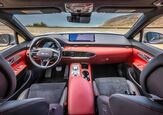
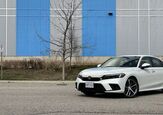










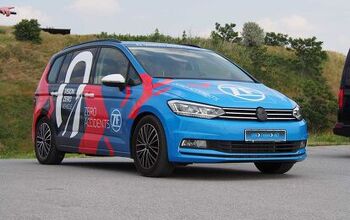





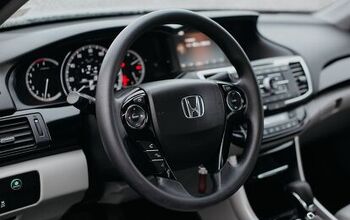

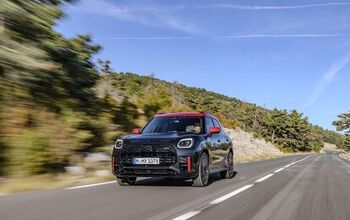



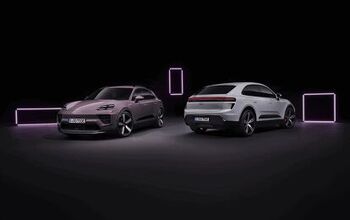
Comments
Join the conversation
Tesla didn't have AEB in the new models because the new models have a new generation of Autopilot hardware, AP 2.0. It uses an NVIDIA processing unit instead of MobileEye and has more cameras. New software had to be written for the new hardware suite.